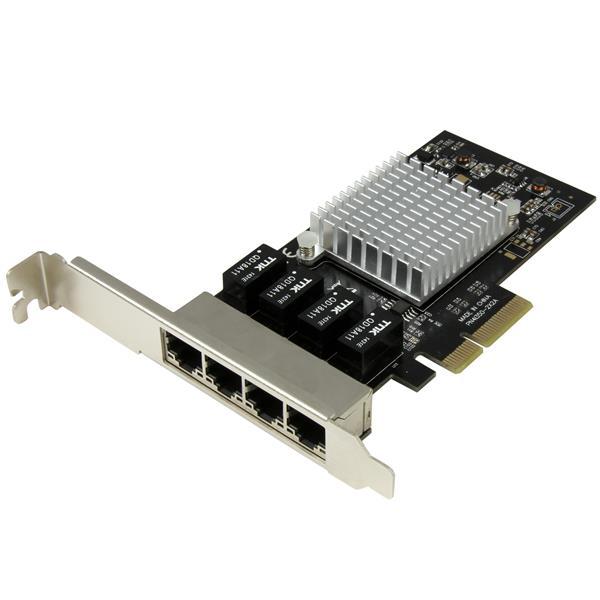- Related articles
- All Cisco DWDM-X2-59.79's information (List price, Specs, Datasheet PDF, Compatibility mat
- Optical Transceivers for Cisco N3K-C3048TP-1GE Switch
- Optical Transceivers for Cisco IE-2000-16PTC-G-E Switch
- All Cisco DWDM-X2-50.92's information (List price, Specs, Datasheet PDF, Compatibility mat
- Optical Transceivers for Cisco IE-4000-8T4G-E Switch
- Optical Transceivers for Cisco SRW2048-K9-EU Switch
- All Cisco CWDM-GBIC-1570's information (List price, Specs, Datasheet PDF, Compatibility ma
- 40G QSFP+ Direct Attach Copper Cabling
- Fiber Optic Solutions for Cisco C3KX-NM-10G Module
- All Cisco DS-SFP-FC10G-LW's information (List price, Specs, Datasheet PDF, Compatibility m

Peripheral Component Interconnect (PCI) slots are such an integral part of a computer's architecture that most people take them for granted. For years, PCI has been a versatile, functional way to connect sound, video and network cards to a motherboard.
A new protocol called PCI Express (PCIe) eliminates a lot of these shortcomings, provides more bandwidth and is compatible with existing operating systems. In this article, we'll examine what makes PCIe different from PCI. We'll also look at how PCI Express makes a computer faster, can potentially add graphics performance, and can replace the AGP slot.

4 Port PCIe Network Card
The 4 port PCIe network card can add four separate Gigabit network ports to your client, server or workstation through just one PCI Express slot, to provide connectivity to multiple networks without draining your budget. It delivers powerful connectivity for your business, corporate or government office environment, with support for high-performance, 4-channel networking and a maximum throughput of up to 1000Mbps in each direction (2000 Mbps total). The network adapter card is designed to deliver the performance and enhanced capabilities you need for reliable network connections to your server or computer.
This versatile network card is ideal for many business applications requiring upgrades to servers or workstations, adding feature-rich Gigabit networking with four independent ports. Compatible with a broad range of operating systems, this cost-effective PCIe Gigabit NIC is suitable for many SMB and Enterprise applications such as virtualized environments that require multiple NICs.
Thanks to the demand for faster and more realistic video games and video editing tools, video cards were the first type’s computer peripherals to take advantage of the improvements offered by PCIe.
While video cards are easily still the most common type of PCIe card you'll find, other devices that benefit from considerably faster connects to the motherboard, CPU, and RAM are also increasingly being manufactured with PCIe connections instead of PCI ones.
Summary
The 4 Port PCIe Network Card Provides simultaneous access to multiple networks for desktop PC clients, servers, and workstations that have a limited number of PCI Express slots available and Maximizes the number of RJ45 ports within a system or high-end workstations and servers. These Network Cards are Ideal for VM environments with multiple operating systems, requiring shared or dedicated NICs which provide redundant connectivity to ensure an uninterrupted network connection.





















































